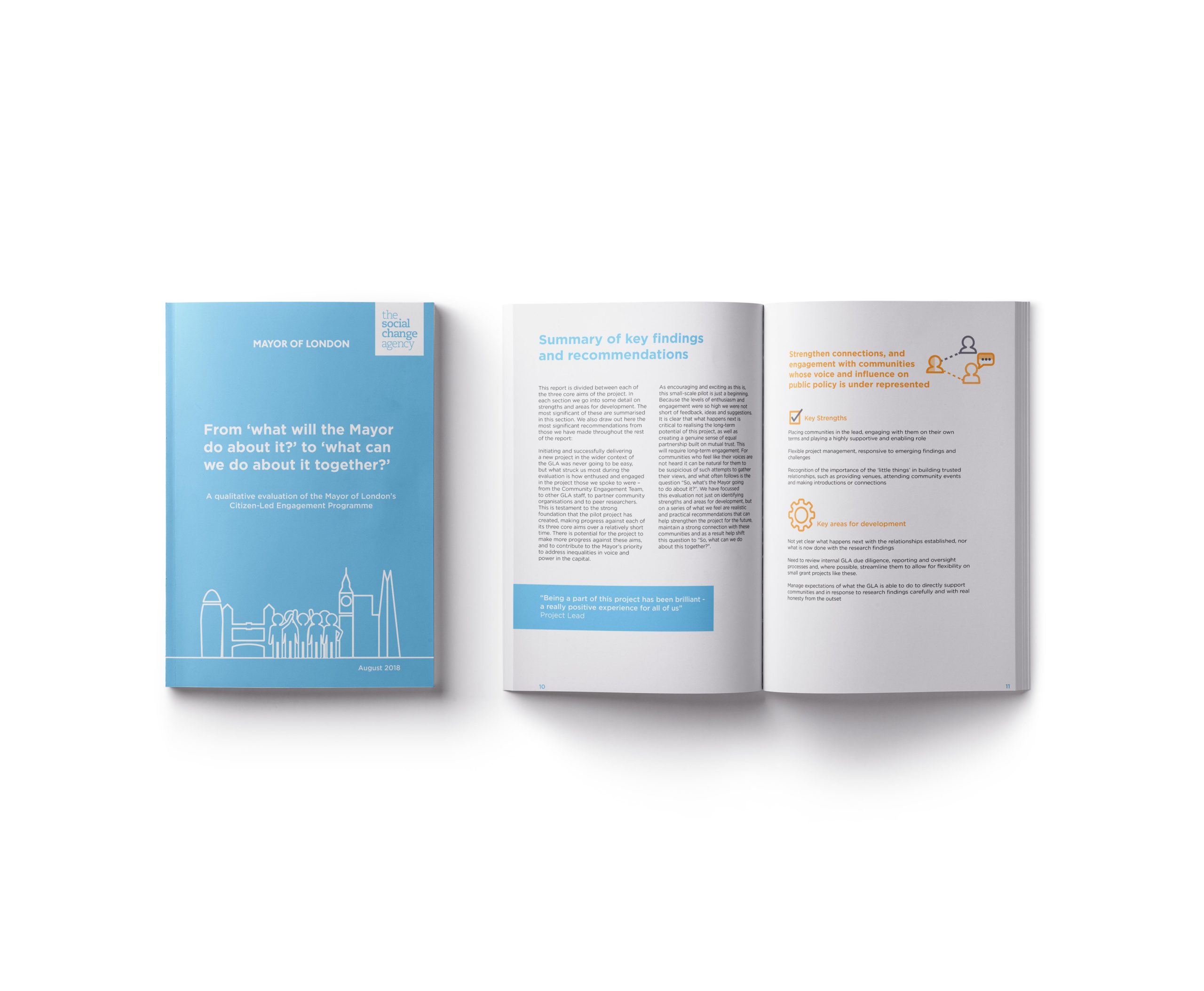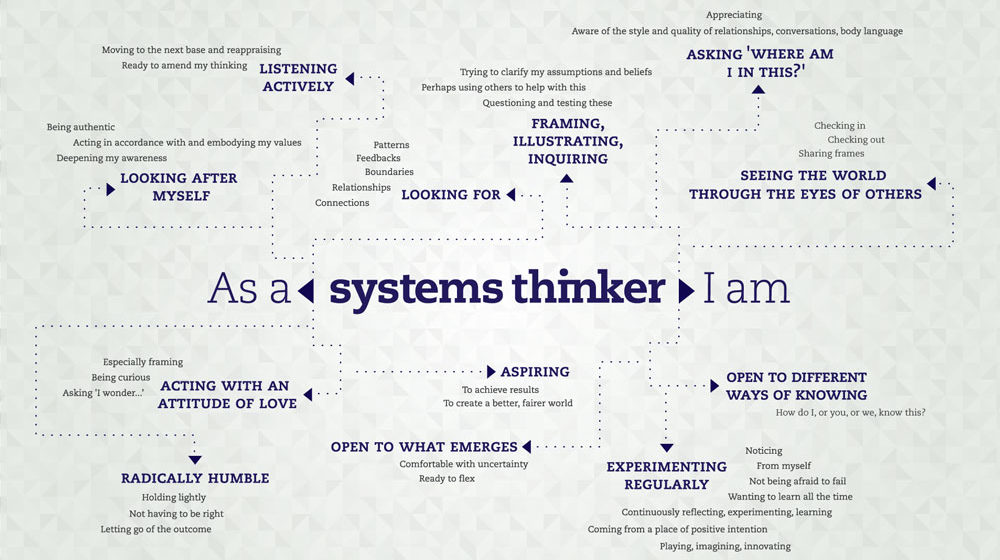A House Without A Home

This blog was written by our intern Dominic Hopkins who spent two weeks with us during September 2018, as part of Warwick University’s Enhanced Summer Work Experience Bursary (WESWEB).
The realisation that somewhere to live in does not necessarily equal somewhere to build a life is finally hitting home with housing organisations. New ideas around rehousing have started to take shape such as repair and loan schemes, ultra-cheap house sales for regenerating communities and efforts on tackling homelessness that cross directly into the housing sector. Many organisations are trying to rethink their approach to the UK’s housing crisis, creating some interesting movements in the housing sector.
Practical action
Tapping into the UK’s pool of empty homes is a great way to increase the housing stock. In the London Borough of Southwark, Self Help Housing worked with Housing for Humanity to make use of empty and dilapidated houses in the community. Using their expertise, they created a system where people were able to become homeowners through a repair and loan scheme funded by the charities. People nominated by the local council in need of housing were able to offer their skills to refurbish the homes and buy them over time from the charities at a reduced rate. This practical crowdsourcing of human skills and charity funds is a new way of thinking about the housing problem. Usually, councils own the empty homes and feel unable to refurbish them due to lack of time and money, but this new scheme opens up these empty homes to easy regeneration that leads to ownership for people in need.
Policy change
Influencing public policy is a key aim for many movements, but with so many trying, it can often be difficult for your voice to be heard. Crisis have taken a more whole systems approach to their latest Ending Homelessness Strategy which they see as a more holistic way of influencing policy. In it, they strongly recommended addressing both public policy to solve the problem from the top-down, and tackling the root problems of homelessness that stem from issues such as childhood trauma and inter-generational poverty. There is a huge reward payoff that is available to wider society if these addressed, and therefore a movement building approach is certainly the most appropriate way of making that impact.
Collective action
Some could argue that people powered movements are starting to be listened to. Projects like the London Community Land Trust which is a working community group that advocates for new housing developments to be linked to local wages. They have successfully applied this method in Tower Hamlets and are hoping to provide truly affordable and social housing. However, despite public pressure, campaigning and commitments from the Mayor’s Office, endless luxury housing developments in London are still being approved that drastically fail to meet affordable housing commitments. Coalitions like Greater Manchester Housing Action have brought together all the local housing charities to create an organisational structure that has rarely been seen in the housing sector. By coming together and collaborating on policy issues, they hope to have a greater impact in the region. What is clear is that the Government must also begin to partner with civil society organisations to show that it is committed helping the millions of citizens struggling with the UK’s vastly inflated housing market.
Find out about our experience hosting the UK Housing Innovation Festival




